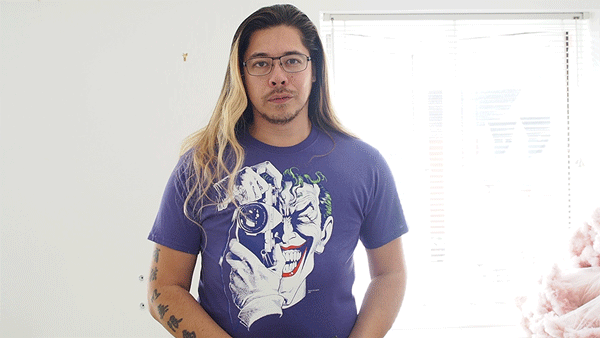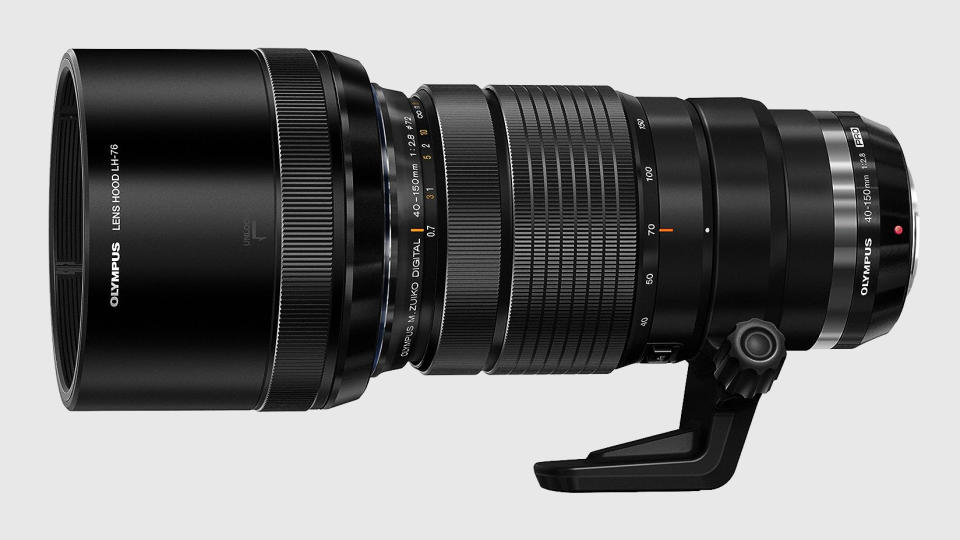Who the hell uses lens hoods? Apparently, A LOT OF YOU

I asked, and you answered. Who the hell still uses lens hoods these days? A whole bunch of you!
In my article noting that I haven't used a hood in years, I wanted to know who still mounts them to their lenses and for what purpose. Unsurprisingly, my inbox blew up with replies from photographers and videographers of all levels and backgrounds, so I thought it would be interesting to share the results here.
The most common reason that folks wear hoods on their lenses isn't to protect them from light and flares, but to protect them from knocks and damage. This was perhaps best surmised by Marko Kokic, whose work often puts his kit in the literal firing line.
"I've been working as a photographer for over 20 years in a niche market – humanitarian organizations covering natural disasters, war, public health crises, environmental issues, etc. While I agree lens hoods are a pain in the ass, I can't tell you how many times they took the hit and not my lens. That's the main reason I use them.
"It's just one more level of protection against damage – my lens hoods are full of dings to attest to their efficacy. Another reason is to prevent greasy fingerprints – my own or mostly others – like curious children standing by. If I break a lens, it's impossible to replace / repair it in some of the remote locations I work in, so any added protection is welcome."
This was one of the main things drilled into me during my photography apprenticeship: unless you are exceptionally unlucky and drop your lens nose-down onto a long pointy rock, or a tiny bird happens to fly directly down the barrel, a hood can be an absolute life-saver for your lens. (Clearly I discarded this piece of advice – though I'm also someone who doesn't use a camera strap, either…)
Of course, there are some lenses that are just too huge for a lens to be practical in some situations, as Nicholas Bais attests.

"I have a Canon R6 and RF 24-105 f/4 L and RF 50 f/1.2. I shoot travel, family, portrait. I use the hood for the 24-105 not for flare control but to protect the front element of the lens against physical impact damage. I also have a clear filter on it, which is what I add to all my lenses the instant I unbox them, so they stay pristine. The hood for the 50 is so clownishly large that I don’t use it. The lens is already pretty huge for a 50."
Beyond protecting kit, the primary purpose of a hood is to ensure the highest image quality – especially for commercial photographers like James LaCombe.
"We're paid to control as many aspects of the image as possible while also bringing creative ideas to the party. Hoping for a lucky accident while the meter’s running is not what clients want. Those of us who have produced thousands of commercial assignments also still use flags, scrims, and an infinite variety of lighting instruments to achieve those objectives. Visual trends aside, certain principles still apply to the craft."
As noted in my original piece, I do agree that hoods belong in the kit bag for things like commercial and editorial work. Just because I don't wear a hair net in the kitchen at home, doesn't mean a professional chef shouldn't wear one at work. Though I certainly don't miss the days of faffing with flags and jiggling a cucoloris for clients!
Finally, to my point about protecting from lens flare only to add it in post. Brad Stoddard alluded to this:
"I always use a lens hood if I have one. Flare kills contrast as you know. And an old school photographer like me (50 years) learned the hard way. Now sometimes when shooting video a flare helps tell the story, but can always be added in post."
Well, JJ Abrams would certainly agree with that!
Thanks to everyone who responded – I greatly enjoyed reading your feedback, and I appreciate the time you took to share your thoughts and experiences. Even the snarky ones :-)
Whatever you think of hoods, you might be interested in the best lenses for portraits, as well as the best lenses for landscapes and the best lenses for bird photography and wildlife.

